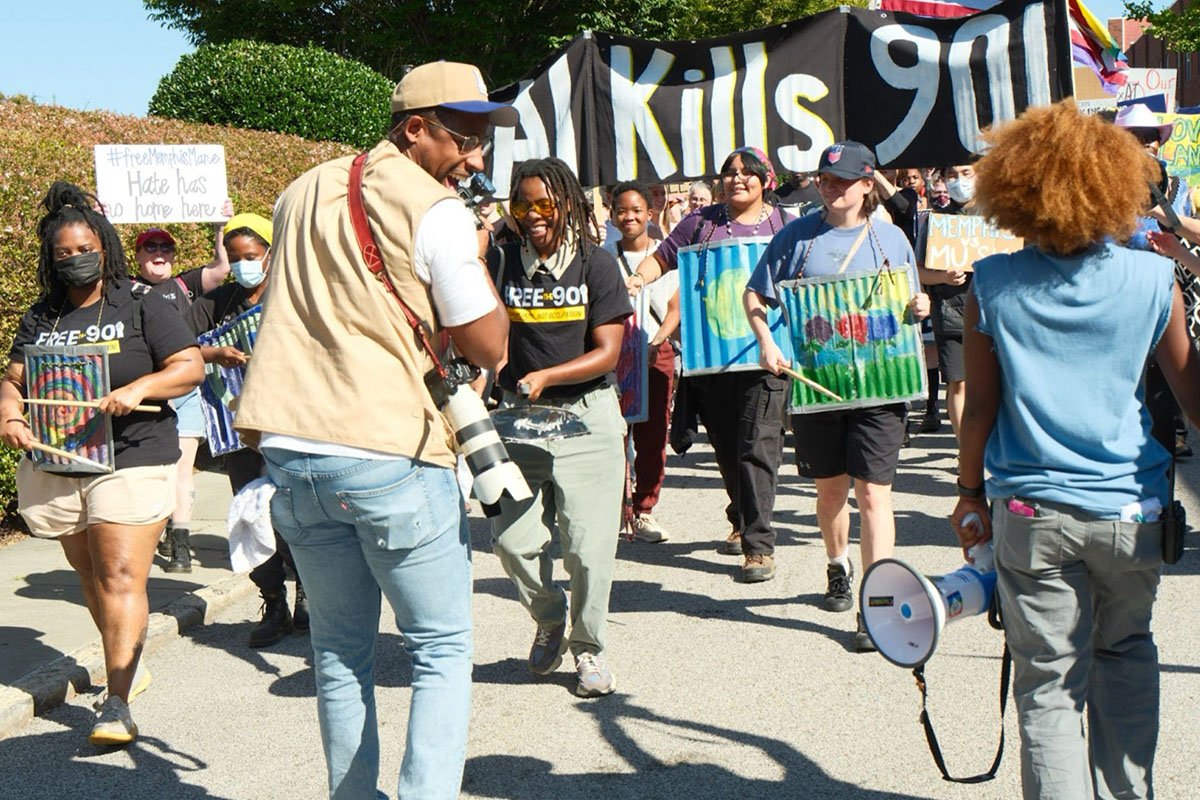
This March, the Centers for Disease Control and Prevention (CDC) released new guidance for respiratory infections, including COVID-19, that could affect workplace policies across the United States.
The new guidelines effectively reduce the time workers are encouraged to isolate at home following an infection to avoid infecting others. Whereas previous guidance had recommended a five-day isolation period, the update states that individuals can resume “normal activities,” which includes returning to a workplace, within 24 hours of no longer having a fever.
While the guidance encourages infected individuals to take precautions, such as masking, it doesn’t explicitly call on those with recent infections to wear masks at the workplace or elsewhere.
The new guidelines effectively reduce the time workers are encouraged to isolate at home.
The CDC is not an enforcement agency. Rather, its guidelines recommend best practices that local government and the private sector can adopt as regulations or practices. And this could significantly impact workplaces, which must now grapple with the possibility of staff returning while still infectious.
The new guidance has drawn some criticism—even the five-day isolation period previously recommended by the CDC fell short of the 10 days most medical professionals say is a more realistic timeframe to ensure against infectiousness. The new 24-hour rule represents yet more weakening standards for avoiding viral transmission.
What the New Guidance Means for Employees and Employers
The latest recommendations seem to tacitly acknowledge that many people who contract COVID-19 are unable or unwilling to take five days off from work.
“We’re watching this happen in the absence of evidence to justify this.”
“I think in a sense they were inevitable,” Dr. Cassandra Pierre, medical director of public health programs for Boston Medical Center, told NPQ of the new recommendations. “There’s been a push to try and normalize the experience and outcomes of COVID infection[s], to think about this more like a seasonal infection…and really try to move past the pandemic phase to allow for standardization, at least, that would allow people to have a sense of what they should be doing.”
Pierre noted that many frontline workers—whose jobs put them at greater risk of exposure to COVID—were already effectively operating under the new guidelines, returning to work when symptoms abated.
Sign up for our free newsletters
Subscribe to NPQ's newsletters to have our top stories delivered directly to your inbox.
By signing up, you agree to our privacy policy and terms of use, and to receive messages from NPQ and our partners.
“However, I think [the new recommendations] are concerning for a variety of populations, who are either under-immunized or [high-risk], and are going to be the ones experiencing the full brunt of people being out and about with their COVID infections,” Pierre said, adding that she was surprised to see such little emphasis on masking in the new recommendations.
“Five days is not a magic number when it comes to your ability to spread the disease.”
Meanwhile, other professionals have been more critical of the new recommendations.
Speaking recently on WNYC’s Brian Lehrer Show, Jessica Malaty Rivera, epidemiologist and science communication advisor at the de Beaumont Foundation, said the new recommendations appear to represent the CDC’s attempt to streamline its guidance for all respiratory diseases—at the cost, Malaty Rivera said, of advocating for the safest practices.
“Sadly, we’re watching this happen in the absence of evidence to justify this,” Malaty Rivera said, “because, as we know, the way the virus is transmitted has not changed—the science of infection is still the same.”
While the new CDC recommendations focus on the presence of fever, Malaty Rivera noted that many infected with COVID-19 never have a fever, despite the presence of other symptoms and despite being infectious to others.
“Five days is not a magic number when it comes to your ability to spread the disease,” Malaty Rivera said. “The best way to know if you’re spreading infectious particles is a test, and testing is what’s shockingly missing from this.”
One thing seems increasingly clear: it falls upon workplaces and employers to set their own standards for health practices. BMC’s Dr. Pierre told NPQ that 10 days remains the widely accepted standard of isolation to prevent infecting others.











